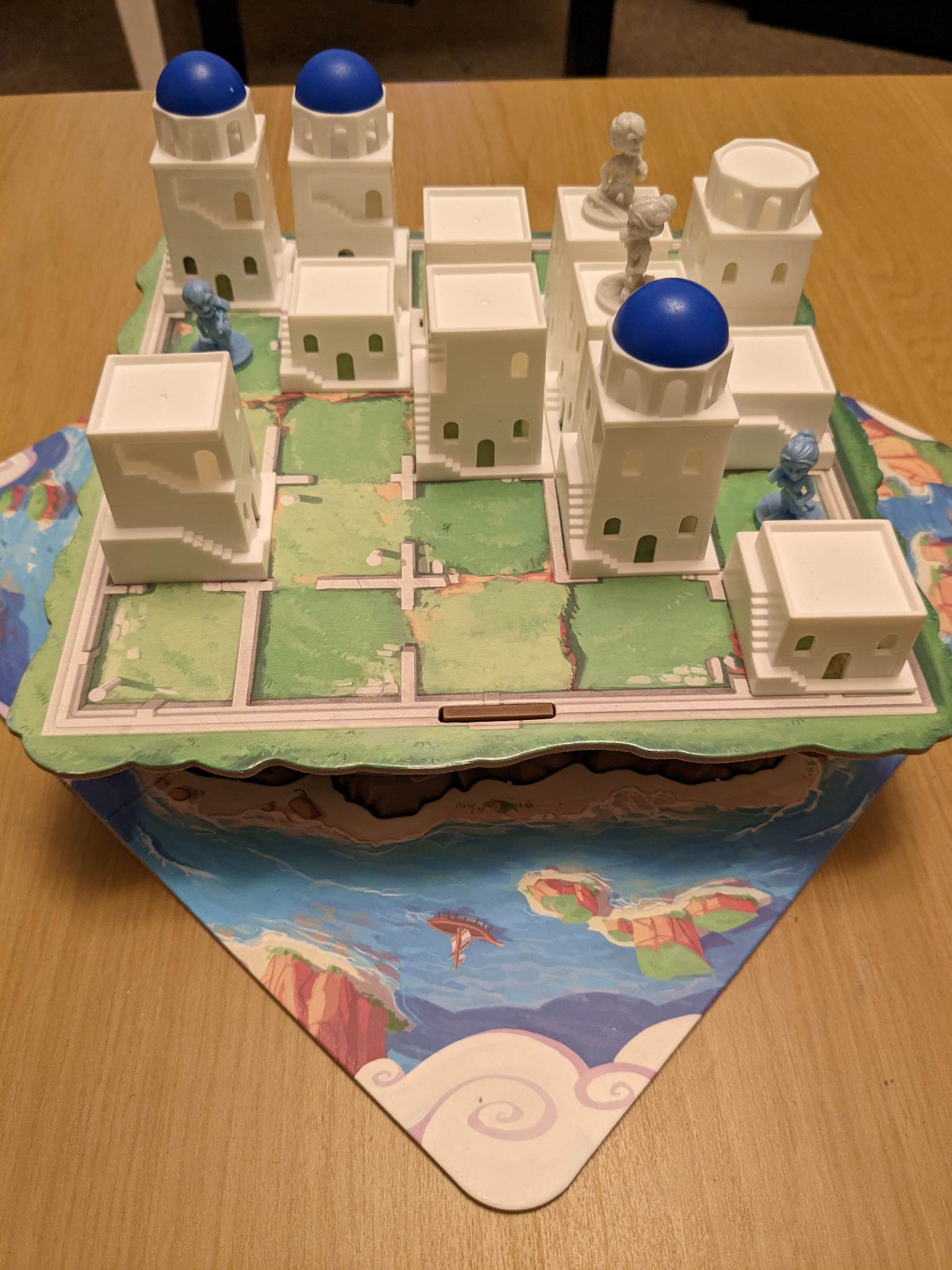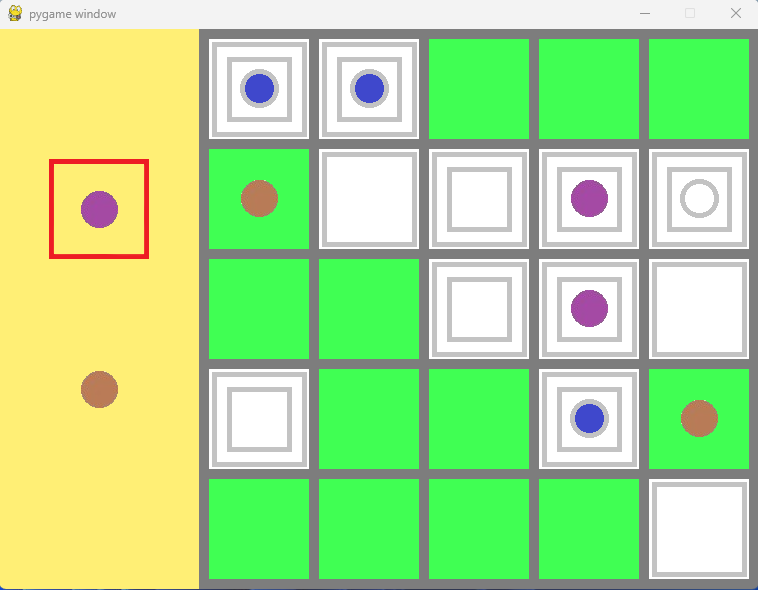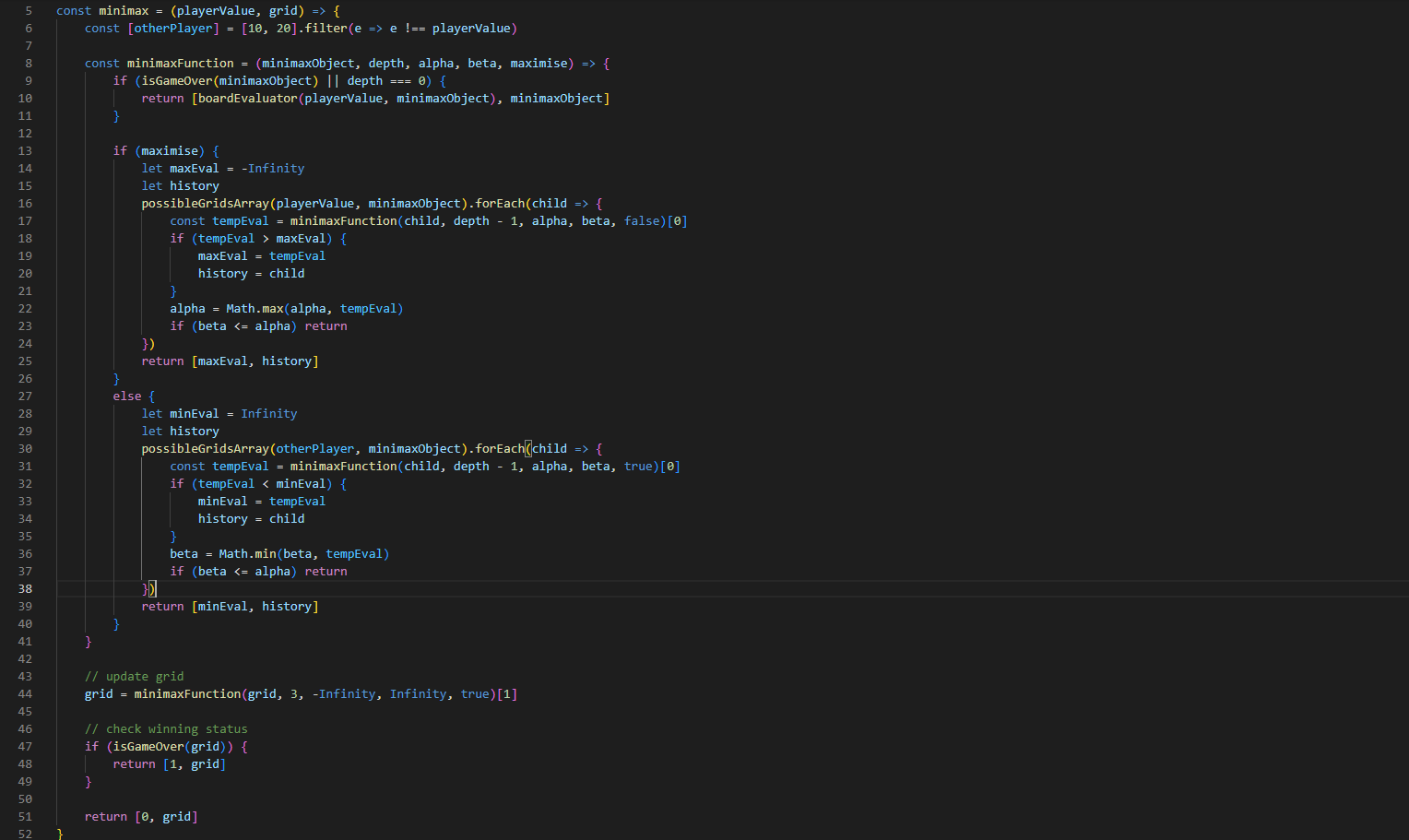The Santorini Story
Introduction
If you love puzzles, board games, and some cleverly hidden maths, you'll love the board game Santorini, created by Dr. Gordon Hamilton. The game was initially released as a purely abstract game in 2004, but was re-released as an incredibly popular kickstarter over a decade later in a new, Greek mythology cartoon style. The game has a different dynamic depending on the number of players, from a 2 player head to head duel to teams appearing in a 4 player game.
Further, the game can also be played in a variety of ways, the simplest being a purely logical and evenly matched duel, or with each player taking control of one of 45 mythological figures with unique powers to best their opponent. I have, along with a good friend, created house variants too, keeping the game continuously fresh.
I think this game is great for a few reasons. The art style is great, the rules are simple to learn but the strategy is deep, the replayability is huge among the different god card match-ups, however my favourite thing about this game is the subtle maths and deep strategies hidden just under the surface.

Rules
The game takes place on a 5x5 square grid. Each player controls 2 builders, who each take a square and cannot share a square with any other builder. The winner of the game is the first player to place one of their builders on a tower 3 blocks tall. One player places both builders, then the following player places their two workers after. This is the end of setup, and the rest of the game consists of alternating turns by the players. On a players turn, they must perform two actions, first move a builder and then build up on an adjacent square with the moved builder. For the move, the builder must move to an adjacent square, up to 8 options. They can climb up to one level in this move, or drop down however many required. In the case that both a players builders are unable to move, i.e. they are both trapped, that player loses the game. Once moved, the builder must build in an adjacent square, and not beneath them. A builder is able to build at any height. Finally, if a builder builds on a level 3, this is called "doming" the tower, and no builder is able to further step on or build on top of this. First to the top of a tower wins!
God Cards
While I prefer the base game for the pure logic challenge against a friend, a big part of the game is the unique god card the player can receive before beginning. For example, playing as Atlas allows the player to build a blocking dome at ANY level, not just 3 towers. Artemis, the goddess of hunting, is able to move twice before building. There's some really in depth cards too, for example play as Medusa to turn lower adjacent enemy builders into stone blocks, or as Aphrodite enthrall enemy builders and on their turn restrict them from moving away from your builders. The expansion has even more fun cards, including Tartarus, who secretly selects a square before the game for his pit. This can be built on, but if any player steps on this square they instantly lose the game. Different match-ups work better than others, with some incompatible or heavily favoured to one player.
Strategies
Get on a two
It might sound obvious, but one of the best forcing moves is being on a two tower. From here, you have a constant threat with one builder who can win in a single move if the board is set up right.
Don't rush up
It might be tempting to alternate between two squares, do a build, then move on and build, and alternate up to a 3. While certainly the fastest way up, this is easy to sabotage and you can easily get stuck and be forced to move down. Instead, consider building up a few squares, and have a steadier and more difficult to stop progression to the top.
Your other builder is your friend
Domes are effective blockers, but take time and stay totally stationary. Having both builders in a row or column adjacent to each other make an impenetrable wall the other players builders have to work their way around. Use the one builder per square rule to force your opponents moves.
Force your opponent down
Sometimes, making a threat that is easily cancelled can work in your favor. Like a check in chess, this restricts the other players progression and can even result in them dropping down in height with a builder to prevent your win. Bringing them down is the next best thing to climbing up yourself!
The First Project in Pygame

While now a front end developer with JavaScript as my primary language, I learnt to code in Python. One of the projects I was really excited to create was a basic, two player Santorini in pygame. You can see above the program in action. This was a great small program to learn pygame and solidify my initial python understanding.
SantorinAI
More recently, I started work on creating a playable Santorini AI engine with the target of being a better player than I am. In total, I made 3 different engines for the game. The first was a totally random engine. On the computers turn, it would select a random builder it controls with at least one available move, then make a random possible move and finally make a random build. When pitting this engine against itself, games lasted a long time and frequently ended in a win for a side due to the other side losing both builders when getting trapped.
The second engine I made was very similar to the first, with a single vital improvement. I named this engine the greedy height engine, because on its turn it would consider all possible moves and pick one at random that went to the greatest height possible between the both builders. This means that if a builder could move up it would take this move, else it would cut losses by moving a builder across or down as few blocks as possible. The subsequent build was still random, similar to the random engine. This engine is clearly better than the random move engine in most cases, and in a competition of a total of 1000 games the greedy height engine beat the random engine 994 out of 1000 games!
At this point, I felt confident in the logic for building engines, and wanted to make a genuinely good player. Also by now I had created multiple helper functions in a utility folder, so I wasn't having to repeat a lot of the logic. My third and currently best engine is the minimax engine. This engine contains the functionality to check a certain boards layout and assign it a score from the perspective of a player, where the greater the score, the stronger the players position. I made this evaluator based off a few different considerations of both players (positive for players own builders and negative for opponents pieces). These were: Builder heights, adjacent blocks one height higher to each builder, adjacent blocks same height as each builder and finally whether a builder has won the game by standing on a three height tower. From this, I followed a minimax algorithm looking a total of three turns ahead (players, opponents, players) and picked the move which gave the greatest possible minimum evaluation. I also improved the efficiency of the minimax algorithm by including alpha-beta pruning, which ignores further computation of possible moves that we can be sure don't matter to the eventual choice of moves. I was delighted when this engine beat the greedy height engine 999 games out of 1000, as well as beating my friend in person.

Implementation on my website
I finally managed to build a UI for the game in React and put this on my page. This now has the three engines implemented and provides a choice to the user for their builder colour and which engine they would like to play against. The primary challenge here was implementing the React UI interface, as most of the actual game logic has already been previously written in my previous projects on Santorini.
Small update
After having a few attempts against the minimax engine, I noticed it would occasionally make some unusual choices, like being a single move away from winning but not taking it. I realised this must be from the weighting values I had given the engine and that these must be sub-optimal for assessing board state and winning the game less often than it could. So, I adjusted the code slightly to make the minimax engine play against a variant of itself, with a random variation to the weightings of +-25% to each of the four values. I also pitted it against itself in a best of 3 format, to try to make sure that the best engine won. Of course, as the weightings were adjusted randomly this wouldn't increase performance straight away, so I had to play multiple rounds of best of threes and adjust the weightings to match those of the winners each round. Due to the time it takes for an entire game between two minimax engines to run, approximately 15-20 seconds per game, this was fairly time consuming. However, after over 60 rounds of best of three competitions I saw a clear change in weightings. The weighting changes were as followed:
- Winning the game: 2000 → 3220
- Importance of player height: 500 → 947
- Opportunites to move up: 75 → 28
- Opportunities to move: 5 → 3
These might seem like small adjustments, and they are, however it's interesting to see what it is worth considering. Obviously winning didn't have the weighting it deserved, I suspect it previously put off winning because it valued both builders higher to be more important than actually winning the game. The current player height has also doubled in importance. This appears to make the engine more aggressive and really care about stopping the opponent from getting higher. Finally, the other two considerations seem to pale in importance in comparison, but they are still good to have so I'll keep them in for now. The question now is: Is this new weighted minimax actually any better than the original? And the answer is, so far, it seems so! After 40 rounds of best of threes between the old and new weightings, the new weightings won 33/40 games! These new weightings will now be used on the website instead, so if you're reading this, you'll be able to try yourself. I've had a go, and it definitely feels more aggressive and covers your spaces a lot more. This also brings up the possibility of having a more continuous difficulty rating. By changing the weightings of different aspects of the board, we could artifically adjust the difficulty to allow a more fluid scale of engine challenges.
Another quick note... While writing this, I was curious to see if there is no reason for the aim of winning to not, of course, be much more important to the engine. I 10x the weighting of winning and it then beat the updated weightings 16/20 times... In retrospect it seems obvious but I think I was worried in the pursuit of winning directly it might be greedy and a worse player. Apparently not! So, I've updated the weightings further to now be the current weightings of:
- Winning the game: 13220
- Importance of player height: 947
- Opportunites to move up: 28
- Opportunities to move: 3
Next Steps
Now I have integrated the engines onto this website, the next step is to create even more engines that play better than the good but imperfect minimax engine. Once any further engine has been created, it will be easy to update the page with the new engine after bringing over the code.
Another goal is to implement the basic god cards into the game, both in the UI for the player and also for the engine. Due to the range of powers available to even the basic gods (dome at any level, move twice before building...) this is a substantial change to the logic and would take some time!
To see the code to create the engines, you can check my public repository here!